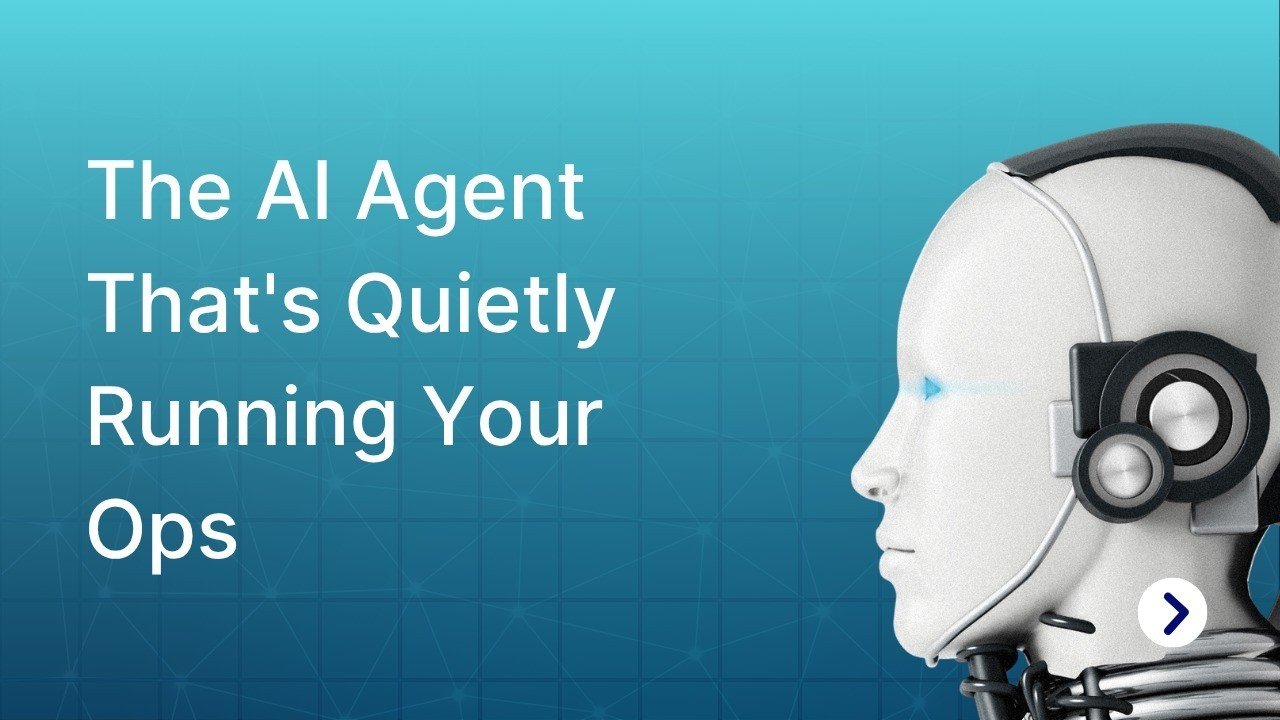
Most teams today are running lean. The pace hasn’t slowed, but the resources have. That’s where AI earns its keep—not as a shiny new tool, but as a sharp, quiet co-pilot built to slot directly into your daily operations.
Done right, AI can lift real work off your team—without hiring another analyst.
Here’s how to start, where it adds value fast, and what to get right behind the scenes.
Start With 3 High-Leverage Use Cases
- Ticket Triage That Doesn’t Drain Your Team
- Real-Time Cash Burn Alerts
- Stand-Up Summaries That Save Everyone’s Time
Put the Right Guardrails in Place
Before going live, lock down three basics:
- Data Privacy: Limit what the AI can access. Use redaction, role-based controls, and don’t assume more data equals better results.
- Hallucination Risk: Ground every AI output in your actual data (this is where retrieval-based AI helps). No source, no action.
- Audit Logs: Every decision made by AI—an alert, summary, or classification—should be traceable. Ops needs transparency, not guesswork.
Start With 3 High-Leverage Use Cases
- Ticket Triage That Doesn’t Drain Your Team: No more manual sorting. AI agents can auto-classify, prioritize, and route tickets using past data, urgency markers, and sentiment cues. Result: faster resolutions and less context-switching for your team.
- Real-Time Cash Burn Alerts: AI can monitor your spend in real time, flag anomalies, and forecast runways—like having a live FP&A assistant watching for risk. The right alert, at the right time, is sometimes all you need to protect your burn.
- Stand-Up Summaries That Save Everyone’s Time: AI can distill updates from Slack, Notion, or meetings into clear summaries. No more hunting for blockers or forgetting wins. This keeps everyone aligned, even in
Put the Right Guardrails in Place
Before going live, lock down three basics:
- Data Privacy: Limit what the AI can access. Use redaction, role-based controls, and don’t assume more data equals better results.
- Hallucination Risk: Ground every AI output in your actual data (this is where retrieval-based AI helps). No source, no action.
- Audit Logs: Every decision made by AI—an alert, summary, or classification—should be traceable. Ops needs transparency, not guesswork.
How You Know It’s Working
Don’t measure success by how “smart” it feels. Track these instead:
- Cycle Time: Are tickets closing faster? Are team updates flowing with less lag?
- Error Rate: Are AI outputs accurate? How do they compare to manual ones?
- Adoption: Are people actually using the AI summaries or alerts? If not, it’s noise.
Final Thought: Start Small, Iterate Fast
You don’t need a roadmap or a big launch. Pick one workflow. Drop in an AI agent. Run it for two weeks. Then ask: did this actually reduce work?
That’s the litmus test.
AI isn’t here to replace people. It’s here to free them up. The best operators today aren’t building models—they’re deploying leverage, where it matters.
Let AI handle the repetitive. You focus on the judgment calls.
Building in public? Experimenting with AI in ops? Let’s compare notes.
#AIops #StartupExecution #Workflows #AutomationThatWorks #BuildSmart


